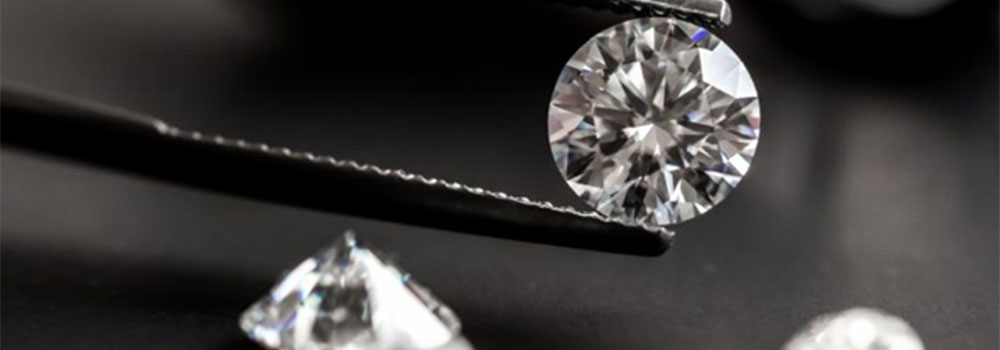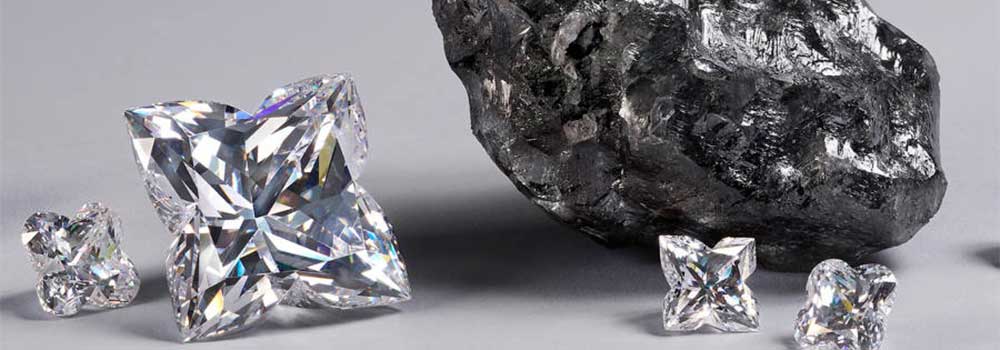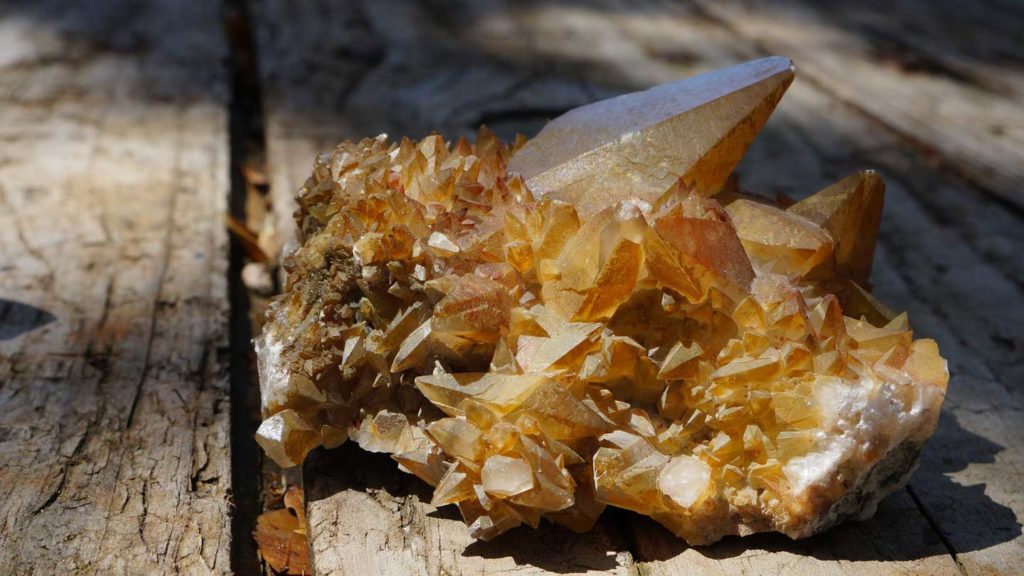In 1866, a little kid in Hopetown, South Africa, came upon a lovely, shimmering stone that he discovered in a blocked water pipe on his family’s farm. This gleaming stone became one of several that he utilized in his games with his pals. His mother spotted its gleam one day and gave it to a neighbor with diamond expertise, free of charge. This mysterious stone turned revealed to be a raw diamond weighing 21.24 carats. “EUREKA!” The first natural diamond found in South Africa was this one. And, as they say, the rest is history.
If only this young man had realized the significance of what he had found! The worth of rough crystals for sale may be difficult to detect to the inexperienced eye. I’d like to share some essential suggestions on picking a rough diamond with you so that you’ll know how to identify one if you come across one yourself.
Aside from the four C’s – clarity, cut, carat, and color – there are a few additional factors to consider while selecting a raw diamond. Here are some pointers to assist you in selecting the appropriate stone before you look for “arrowheads for sale”.
Understand Why You’re Purchasing a Diamond

The first question you must address is why you are purchasing rough diamonds.
A rough diamond isn’t usually used to embellish an engagement ring. Rough diamonds are utilized for industrial applications to the tune of 50%. Diamonds are the most rigid material on the planet, making them ideal for saws and drill bits. The harder the diamond, the better the tool; thus, industrial diamonds are judged on their hardness and form rather than their clarity or sparkle.
Stones that are usually used for industrial reasons, on the other hand, may look stunning in jewelry. These diamonds are less costly than diamonds that can be cut.
If you’re looking for exquisite jewelry, you’ll usually evaluate a rough diamond using the same criteria as polished diamonds. You’d still consider the four Cs – color, shape (rather than cut), clarity, and carat weight – but you’d do it in a somewhat different way. The cuts, for example, aren’t usually round, square, or pear-shaped stones. Flats, octahedrons, dodecahedrons, cubes, rounds, and other crystals are used instead. And, in the end, it’s up to you to decide which form is ideal for your needs.
When purchasing a diamond, keep in mind that having it cut and polished by a professional will lose approximately half of the diamond’s weight.
4 More Points to Consider When Buying a Rough Diamond

- Learn all you can about rough diamond properties so you know what to search for.
- To avoid being cheated, buy from a trustworthy seller that is committed to sustainability and ethics.
- Purchase by the day. If you’re buying online, this restriction won’t apply, so search for high-resolution images of the gems instead.
- Avoid blood diamonds or conflict diamonds. When you purchase a diamond from soothing crystal, you know you’re getting a conflict-free stone from a reputable source.

